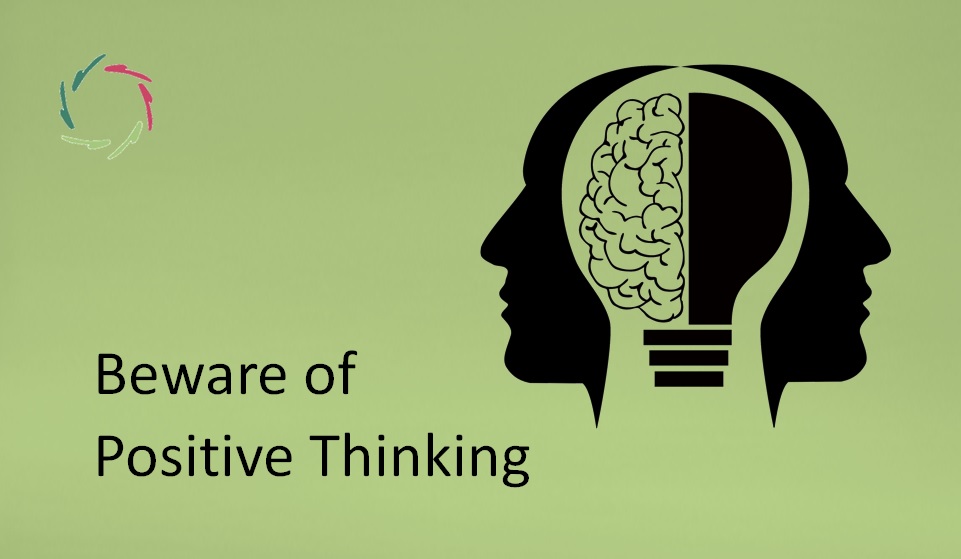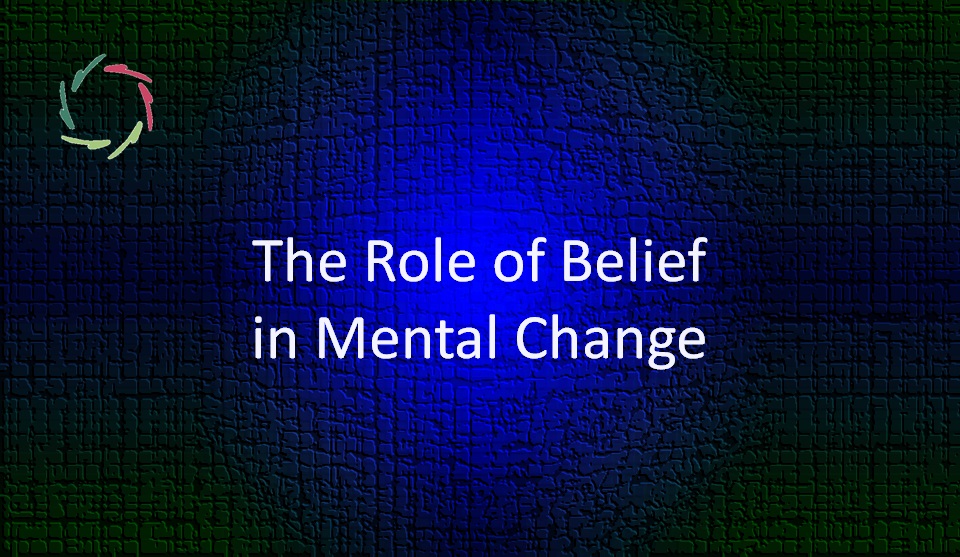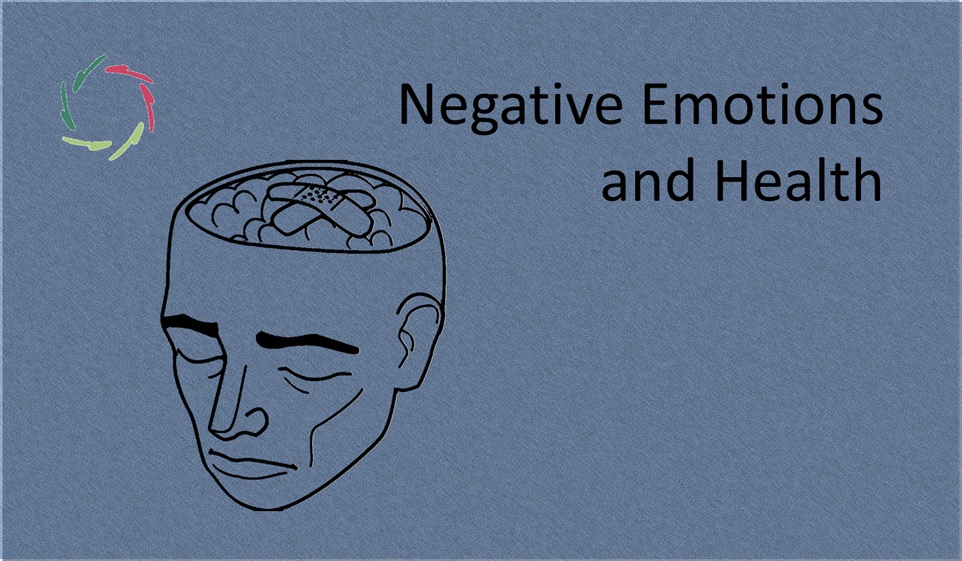Beware of Positive Thinking

This is part of my book Your Mind as Cure – Autosuggestion for Everyone.
The movement of positive thinking (if one may call it that)
was popularized by Vincent Norman Peale (1898-1993). Peale was a Christian minister and a prolific writer. The Power of Positive Thinking is his most widely read book. It was first published in 1952 and remained on the New York Times bestselling list for no less than 186 consecutive weeks. In his introduction, Peale sums up what positive thinking is about:
“You can permit obstacles to control your mind to the point where they are uppermost and thus become the dominating factors in our thought pattern. By learning how to cast them from the mind, by refusing to become mentally subservient to them, and by channeling spiritual power through your thoughts you can rise above obstacles that ordinarily might defeat you. By methods I shall outline, obstacles are simply not permitted to destroy your happiness and well-being. You need be defeated only if you are willing to be. This book teaches you how to ‘will’ not to be.”
As you can see, keywords in Peale’s description are: ‘thought’ and ‘will.’ Furthermore, the description is cast almost exclusively in the language of competition, strife, and warfare: ‘obstacle’ (3 times), ‘dominating,’ ‘cast from,’ ‘subservient,’ ‘power,’ ‘defeat’ (2 times), ‘destroy.’
Of course, positive things can be said about positive thinking: it certainly seems a lot better than cultivating negative thoughts.
Still, I would like to include a warning about ‘positive thinking.’
Too often, this is depicted as a solution to all problems without going into the precise meaning of ‘positive thinking.’ It is then represented as if it suffices to detect negative feelings and thoughts and replace them with positive ones, the way you would replace a blown fuse with a new one. This can soon become a superficial state of affairs, which could result in precisely the opposite. The concrete positive thoughts are not what matter; what does is a positive approach, a positive attitude regarding the things you are taken up by. This attitude goes much deeper. It has to do more with what you are like than with what you think you are like. If you think you can change your ‘self’ by just changing your concrete thoughts, then you assume in fact that you can deceive yourself undisturbed.
Let me stress the fact that autosuggestion is something very different.
It is more of the opposite. With autosuggestion, the change ultimately results from a spontaneous conversion, a growth that occurs inside yourself without you being aware of it. Even though you can define the goal, you cannot choose how this goal is reached inside yourself. It is not the concrete thoughts that are altered directly, but the non-conscious that influences specific thoughts from within or even stands at their origin. With a superficial kind of positive thinking, you attempt to influence your thoughts from outside. So, the direction is the opposite.
Specific autosuggestion could be set up in the same phraseology as you would expect with positive thinking. With autosuggestion, however, the words and thoughts are not the endpoints but an entrance to the deeper self. With autosuggestion, it all starts there, where superficial positive thinking ends.
Why then is positive thinking not necessarily positive?
There are several reasons for this. You can ‘force’ your mind to temporary positive thoughts. After a while, you will notice that these positive thoughts diminish automatically. In the end, you will be continually forced to make sure no negative thoughts enter your mind. You are continually repressing parts of yourself. Finally, this will absorb so much energy that you will not be able to cope any longer. If the negative thoughts do pop up, they are very loaded. They shoot up like mushrooms, and their influence on you is contrary to what you wanted to attain. If you are busy detecting and repressing your negative thoughts during the day, then they will be inclined to have their fling at night when your ‘critical mind’ is not present to censor them. Sigmund Freud was well aware of this when he talked about the compensating function of dreams.
Positive thinking can be a symptom of exaggerated fear to pay attention to suffering and pain.
This can have far-reaching negative consequences. By repressing all negative thoughts, you do not allow yourself the vital self-compassion which can accommodate your weakness, fears, suffering, and pain. In contrast to the repression of negative thoughts and the negation of feelings, it is much ‘healthier’ to accept them and make the best of them.
A theory about the possibly favorable influence of positive thinking on, for instance, cancer progression could wrongly result in fear of negative thoughts and feelings. The fear that negative feelings and thoughts could imply a higher risk of cancer has negative consequences. It leads to a repression of essential parts of the self. In the end, you start to hate all negative thoughts, which is, of course, in the first place an additional negative thought. To this can be added that you could start feeling more and more hopeless because it certainly not works to have nothing but positive thoughts all the time. Together with the guilt and disgust, you could acquire a mixture of thoughts and feelings that are described in the literature as a pattern that often precedes cancer in time.
So, you may have negative thoughts.
Not to say that you should have them. Anyway, you should learn to accept them when they occur spontaneously. Fear of negative thoughts only leads to more problems and inner conflicts. The same applies when working with autosuggestion. According to the ‘law of opposite effect,’ the repression of negative thoughts only causes even more negative thoughts.
Pain and fear, also of negative thoughts themselves, should be ‘outgrown.’ Getting rid of them can hardly be a conscious decision. If they are repressed as demonstrated in superficial ‘positive thinking,’ the problems will only increase.


